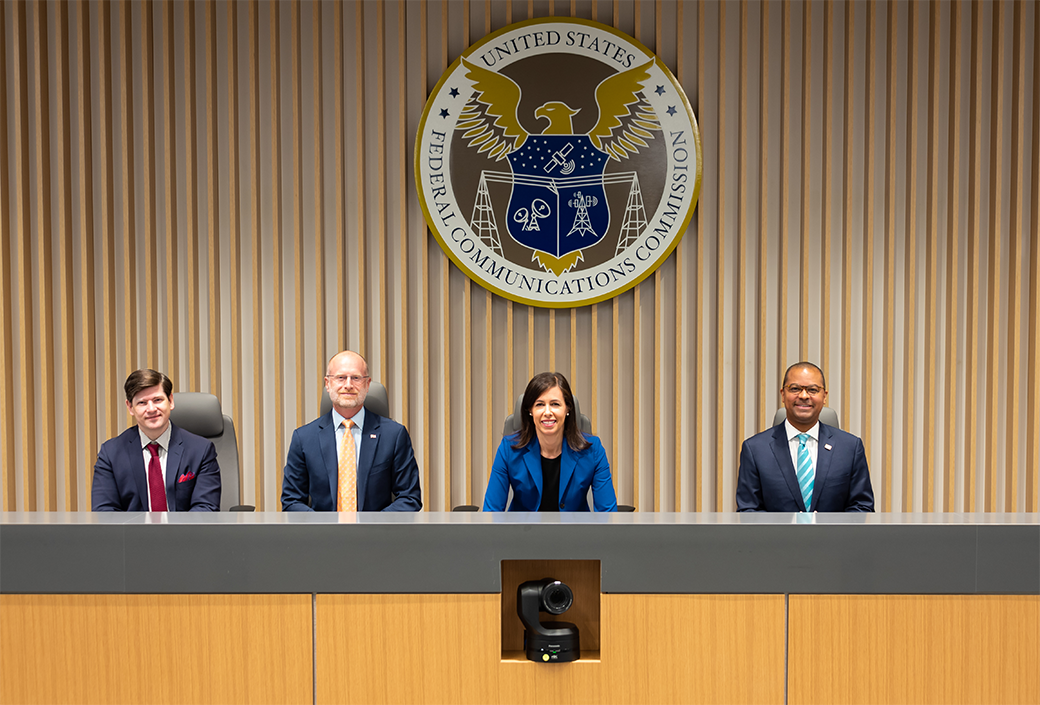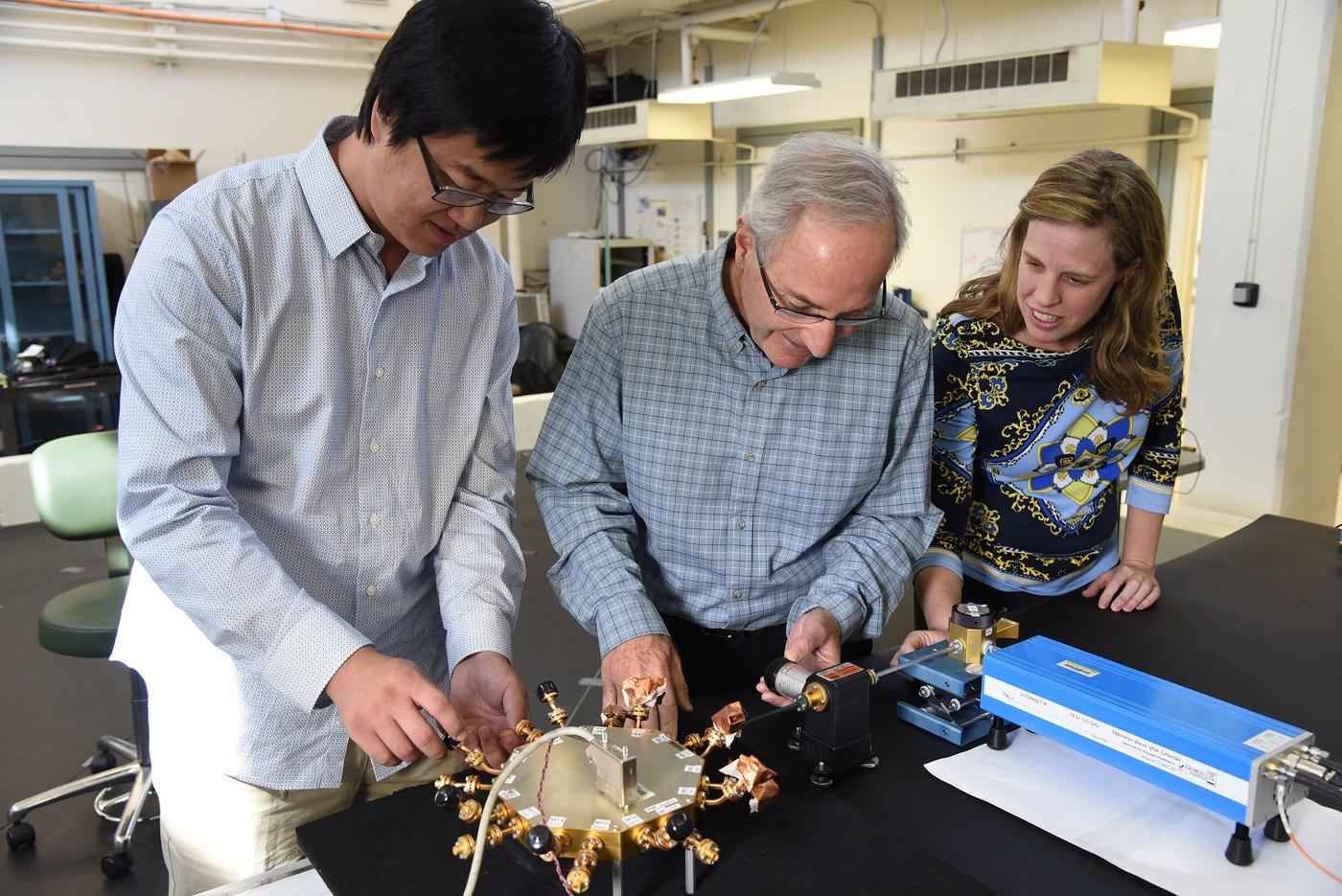H.R. 6743: LUNCHES Act of 2022
H.R. 2693: School Lunch Affordability Act of 2021
More: School Lunch Proposals

“Cell” 8 March 2002: A TRP Channel that Senses Cold Stimuli and Menthol
Final tweet from Stockholm. Thanks to my colleagues and family who came along. Also massive gratitude to Bosse (driver) and Isabell (attache), our dream team of support and our new friends! Finally, grateful to everyone who put together the epic @NobelPrize celebrations pic.twitter.com/8iYSJaYObD
— Ardem Patapoutian (@ardemp) December 11, 2022

US Constitution Amendment I: Congress shall make no law respecting an establishment of religion, or prohibiting the free exercise thereof; or abridging the freedom of speech, or of the press; or the right of the people peaceably to assemble, and to petition the government for a redress of grievances.
How much, and which parts of the physical campus remains if the pandemic renders a double-digit amount of it obsolete? How will competition among academic units to provide virtual reality instruction and research affect capitalization decisions? There are many accredited standards setting organizations in this domain but many more ad hoc consortia; a general characteristic of information and communication technology.
Today we take a quick look at what is happening. We will pick among the open public consultations from governments, state agencies, standards setting organizations and ad hoc consortia and formulate a response.

NIST scientists with high-frequency switched array antenna system for systematic studies of behavior of 5G signals in different physical environments.
More
TIA Americas Spectrum Management Conference: Industry Standards are Critical to Securing 5G
ATIS: 5G Specifications in 3GPP North American Needs for the 5G Future
TC106 Overview Assessment of Human exposure to EMF
IEC Future Challenges in Standardization
Synthesis of band-limited orthogonal signals for multichannel data transmission
Abstract: This paper presents a principle of orthogonal multiplexing for transmitting a number of data messages simultaneously through a linear band-limited transmission medium at a maximum data rate without interchannel and intersymbol interferences. A general method is given for synthesizing an infinite number of classes of band-limited orthogonal time functions in a limited frequency band. Stated in practical terms, the method permits the synthesis of a large class of practical transmitting filter characteristics for an arbitrarily given amplitude characteristic of the transmission medium. Rectangular-shaped ideal filters are not required. The synthesis procedure is convenient. Furthermore, the amplitude and the phase characteristics of the transmitting filters can be synthesized independently. Adaptive correlation reception can be used for data processing, since the received signals remain orthogonal no matter what the phase distortion is in the transmission medium. The system provides the same signal distance protection against channel noises as if the signals of each channel were transmitted through an independent medium and intersymbol interference in each channel were eliminated by reducing data rate.
New update alert! The 2022 update to the Trademark Assignment Dataset is now available online. Find 1.29 million trademark assignments, involving 2.28 million unique trademark properties issued by the USPTO between March 1952 and January 2023: https://t.co/njrDAbSpwB pic.twitter.com/GkAXrHoQ9T
— USPTO (@uspto) July 13, 2023
Standards Michigan Group, LLC
2723 South State Street | Suite 150
Ann Arbor, MI 48104 USA
888-746-3670
